It’s a remarkable place both physically and in terms of how it came to be. A twenty-six acre parcel of land, The Gabriola Commons is owned by the people of Gabriola Island under a unique “Commons Covenant.”
The Commons was once a privately-owned goat farm. When it was listed for sale in 2005, a Gabriola non-profit society, the Amazing Grace Ecological Society, bought it. They donated a substantial down-payment to cover the mortgage until the community could come up with a plan for realizing the long-held dream of owning the property collectively. And over the last ten years, that’s exactly what happened. For more on The Commons today and its history, click here: http://www.gabriolacommons.ca/index.html
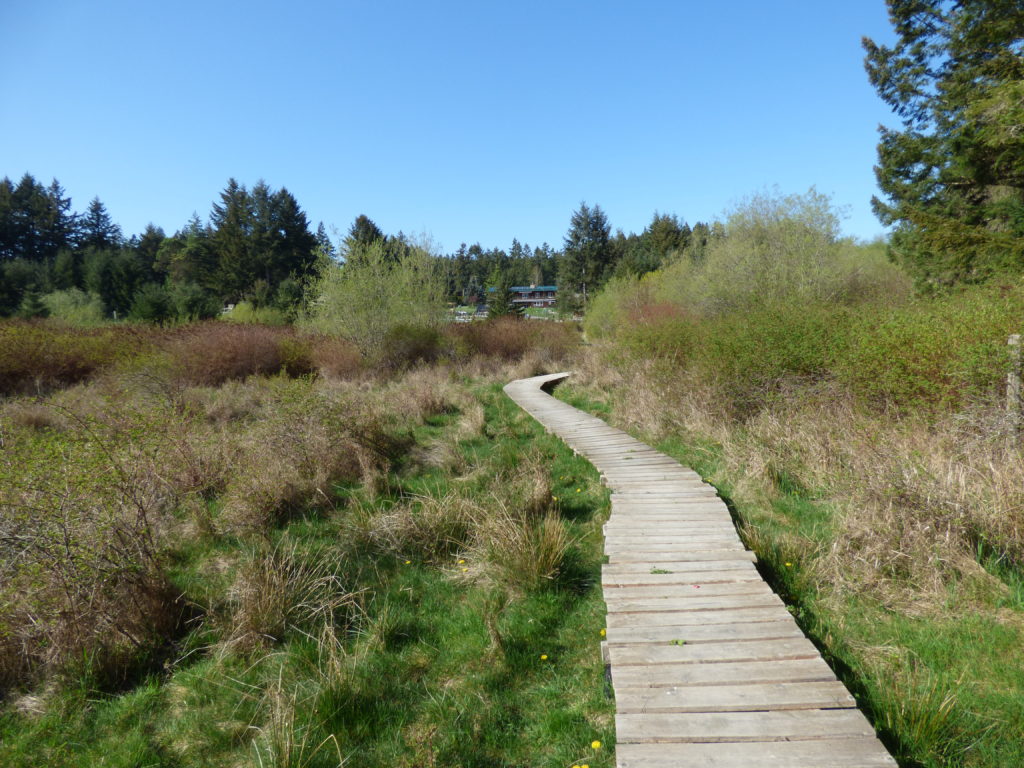
I was thrilled when this photo of part of the Commons property was a winner in the Ecojustice Photo Contest this spring. Photo by me, Sharon McInnes. 🙂
Today The Commons is home to organically farmed orchards, allotment gardens, a pond and wetland area, open vistas and meadows, cedar groves and forests, a labyrinth, a Community Kitchen, a workshop, and the main Commons building which houses People for a Healthy Community and meeting and performance spaces.
Very close to the village core, The Commons is a tranquil place to walk, work, reflect, and observe wildlife, including a plethora of birds!
The man-made pond is habitat for water birds, beavers, and frogs, including the endangered Red-legged Frog. Some of us are thinking about creating a blind near the edge of the pond where people can observe the wildlife up close without disturbing them, especially during nesting season. Lots of water birds nest along the shores.
Beavers have built a formidable dam at the exit, complete with its own slide made from a salvaged piece of plywood!
For the past few years islanders have been creating an “Ecosystem Baseline Inventory” of all the flora and fauna species on Commons land. Participants have discovered 20 ‘polygons’, or intact micro-habitats, some of which are repeated in various parts of the Commons lands, and at least 25 people have adopted a polygon to steward and report on annually. Unfortunately, we don’t yet know all the birds that live on or migrate through the Commons land but I hope to identify and record all of them (including the warblers and flycatchers that drop by during migration) in the next year or two. Today, though, I’ll give you a taste of just a few of the birds that we know call this little piece of paradise home. Or at least a favourite breeding spot.
Probably the most popular bird on the Commons this time of year is the Red-winged Blackbird with its unmistakable song. Conk-a-ree!
The arrival of these colourful blackbirds, one of the most-studied wild bird species in the world, mark the beginning of spring for us.
Of course we do appreciate the more traditional harbinger of spring, the American Robin which often arrives in flocks in early spring then disperses to set up a breeding territory. Some, though, live here year-round.
Brewer’s Blackbirds, with their bright yellow eyes, are also prolific in spring and summer. The Commons hedge is woven with their nests and, like the famous Vancouver crows, they are not averse to dive-bombing anyone who ventures near.
One of the more exciting sightings recently was this secretive Virginia Rail nesting along the edge of the pond.
Gabriola is the adopted home of many families of California Quails. This family lived at the Commons a few years ago.
In spring and summer Barn Swallows and Violet-green Swallows breed under the eaves and in nest boxes, spending their days swooping overhead for mosquitoes and other flying insects.
The land is also home to many species of sparrows, including the Dark-eyed Junco, Song Sparrow, Spotted Towhee, Golden-crowned Sparrow, and the handsome White-crowned Sparrow.
The song of the White-crowned Sparrow is one of the most-studied sounds in all of animal behavior.
Various species of geese and ducks including Buffleheads, Mallards, and Canada Geese either pass through or nest here.
And a recent initiative is the installation of several bat boxes around the property.
Other bird species known to inhabit the Commons include: Common Ravens, Brown-headed Cowbirds, European Starlings, Steller’s Jays, House Finches, Chestnut-backed Chickadees, Wrens, Barred Owls, Golden-crowned Kinglets, Ruby-crowned Kinglets, Rufous Hummingbirds, House Finches, House Wrens, Cedar Waxwings, many species of woodpecker (Northern Flickers are probably the most numerous), and Great Blue Herons. Sometimes Trumpeter Swans drop by too. Overhead, Turkey Vultures are a common sight riding the thermals this time of year. Bald Eagles live here year round.
So do many flocks of feral turkeys who pretty much do as they please on Gabriola, whenever and wherever, including on the roads, at our new “mall,” and at the Commons.
If you’re ever in our neighbourhood (just a twenty-minute ferry ride from Nanaimo on Vancouver Island) and would like to drop by for a visit, wander The Commons for a while, you’re more than welcome. If I’m here, I’ll gladly show you around. But not at dawn. I’m not that kind of birder. 🙂
Many thanks to Patrick Roux for sharing his photos. All other photos are by yours truly, Sharon McInnes.



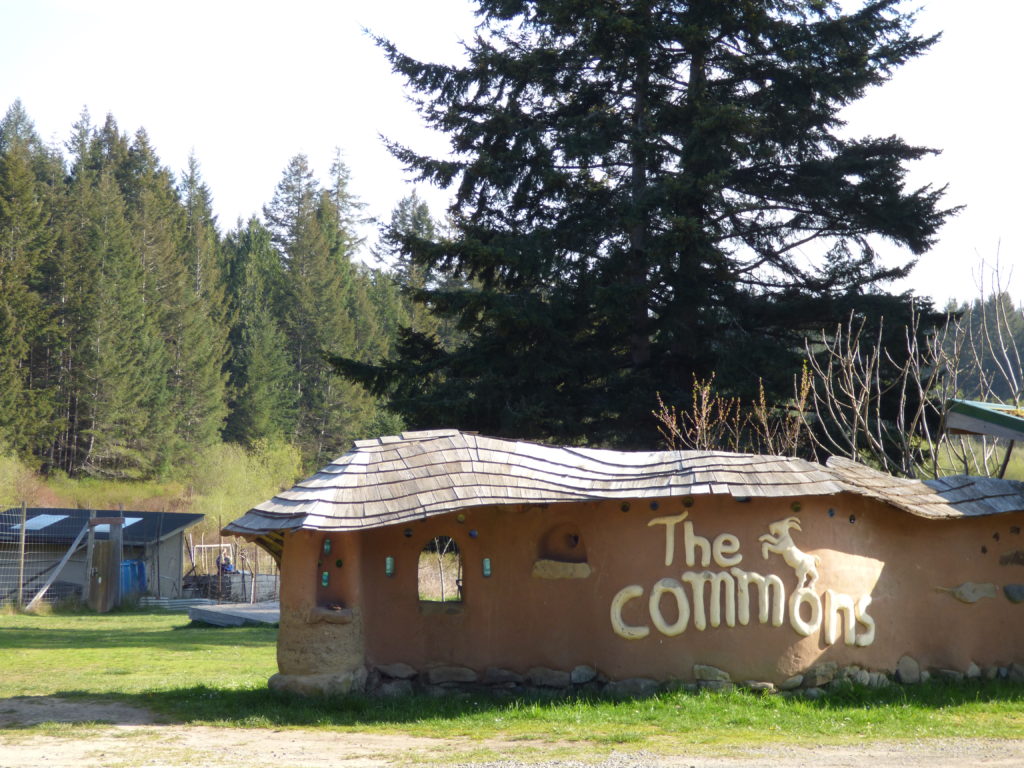
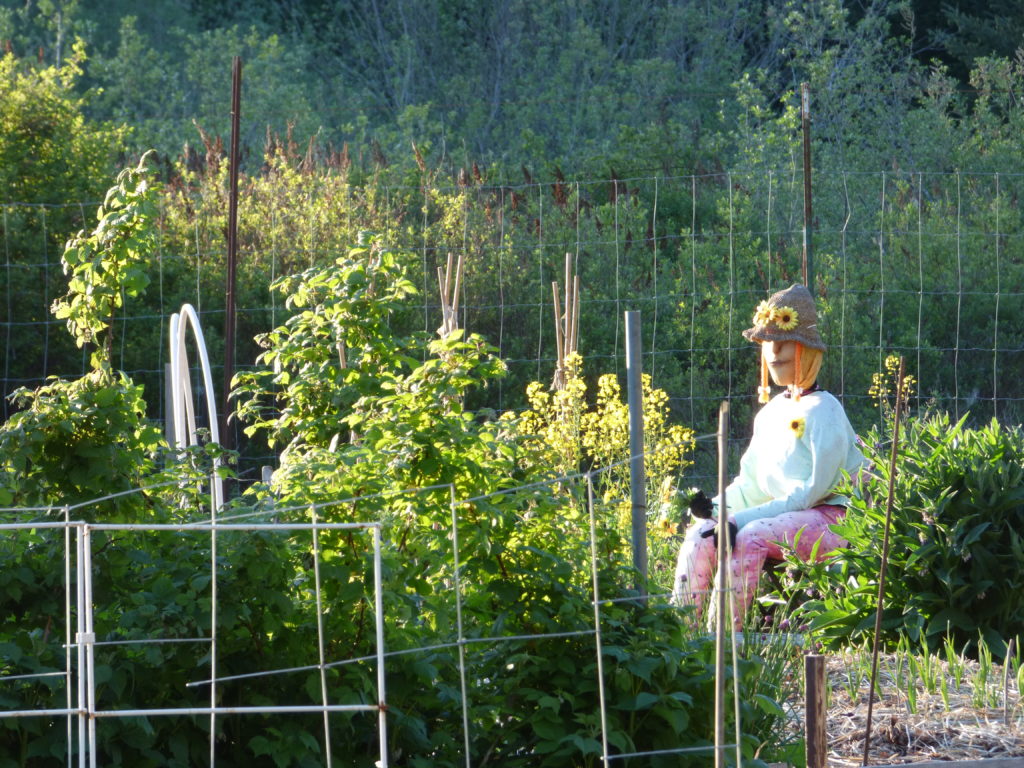
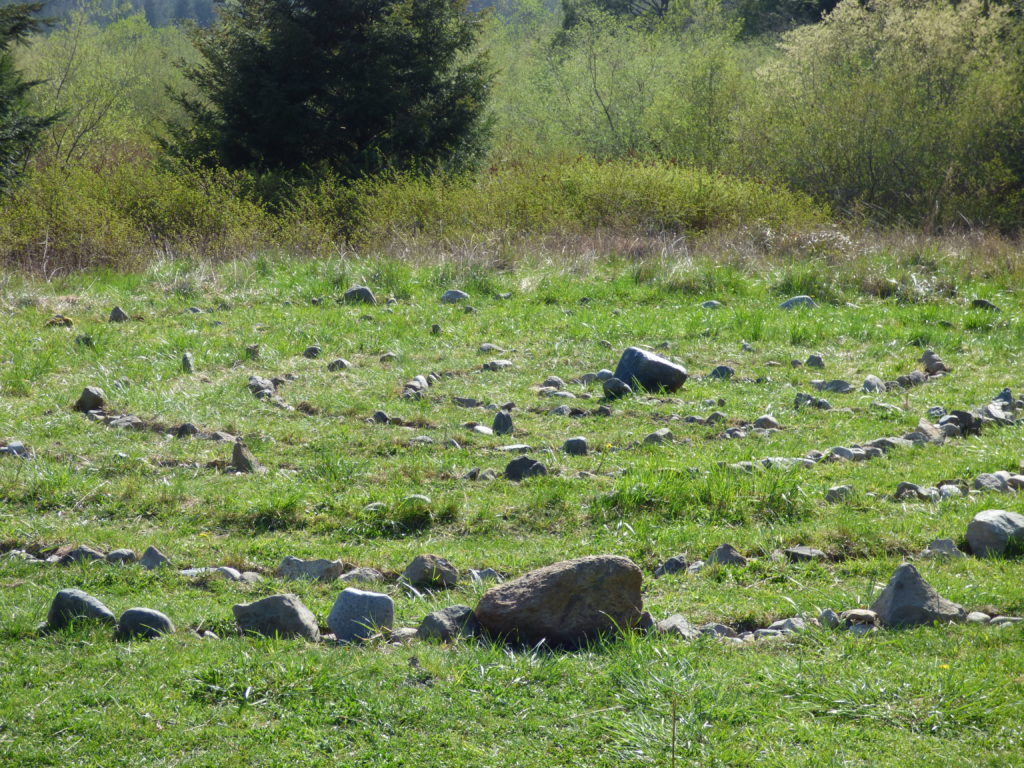
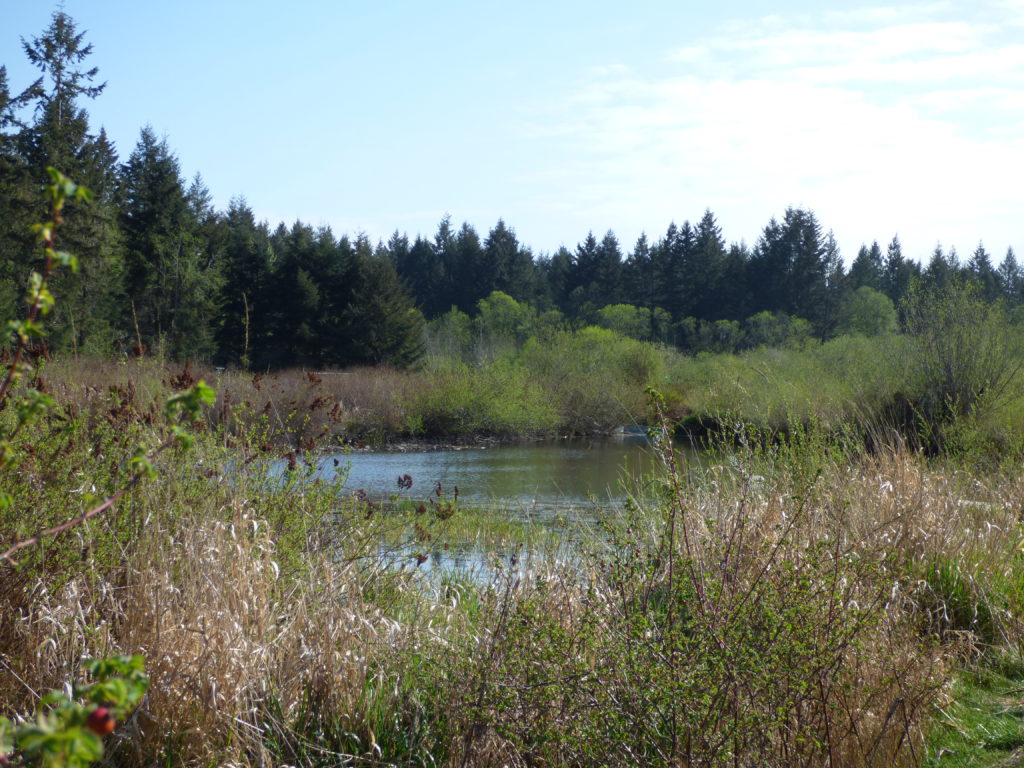
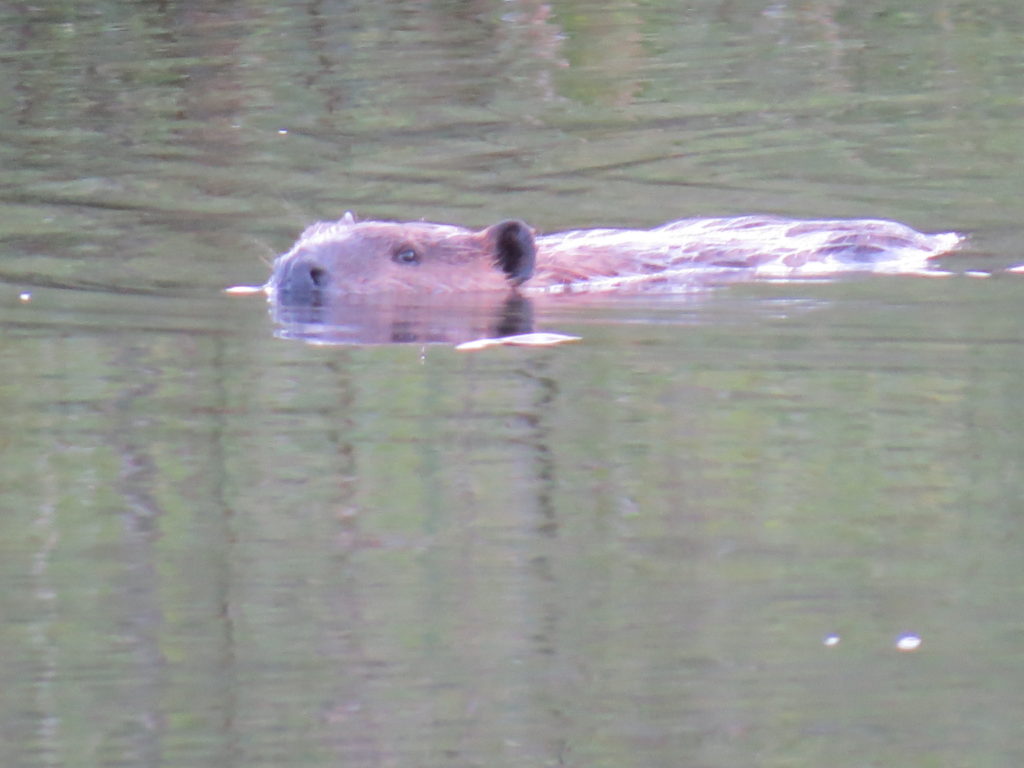
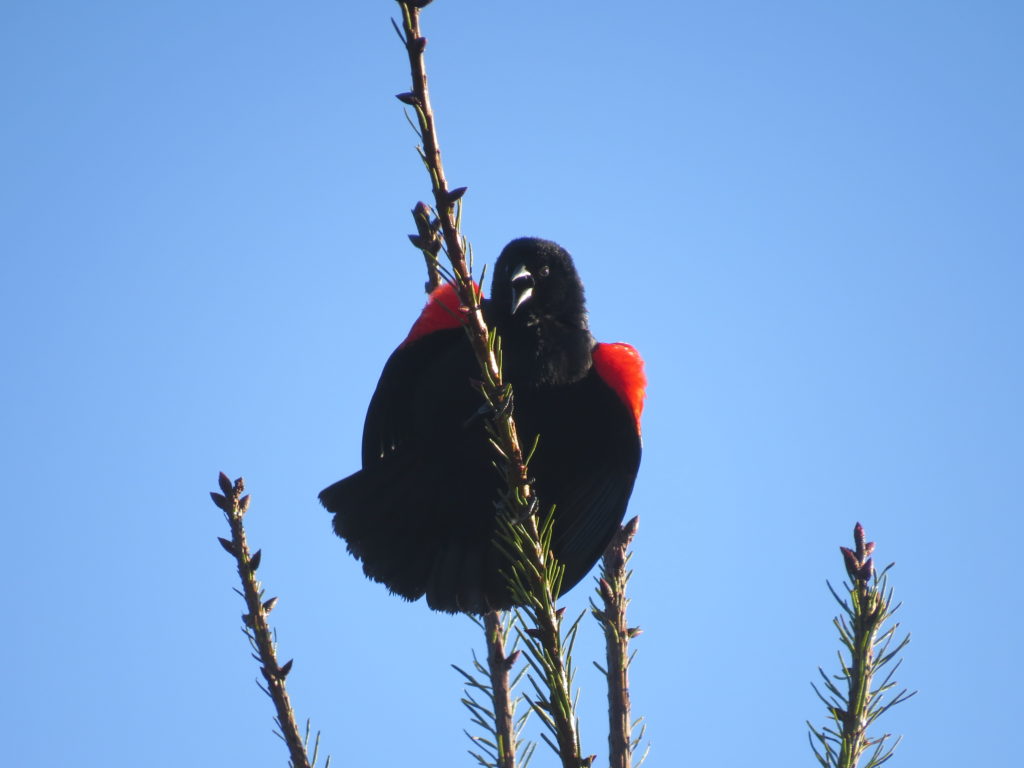
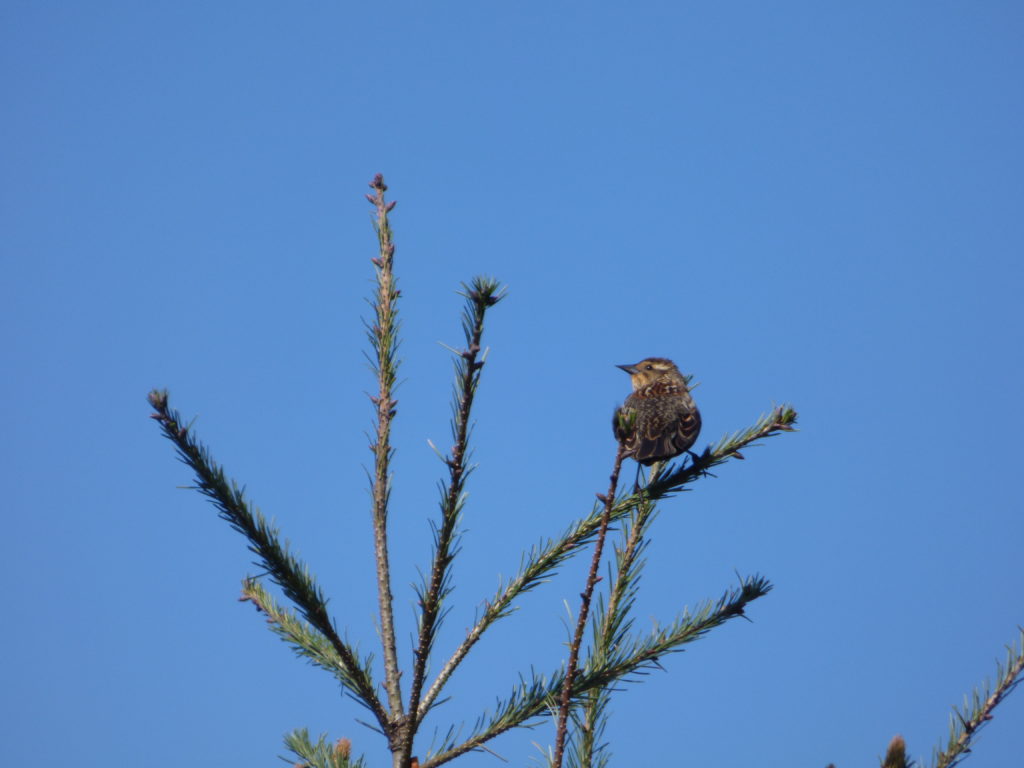
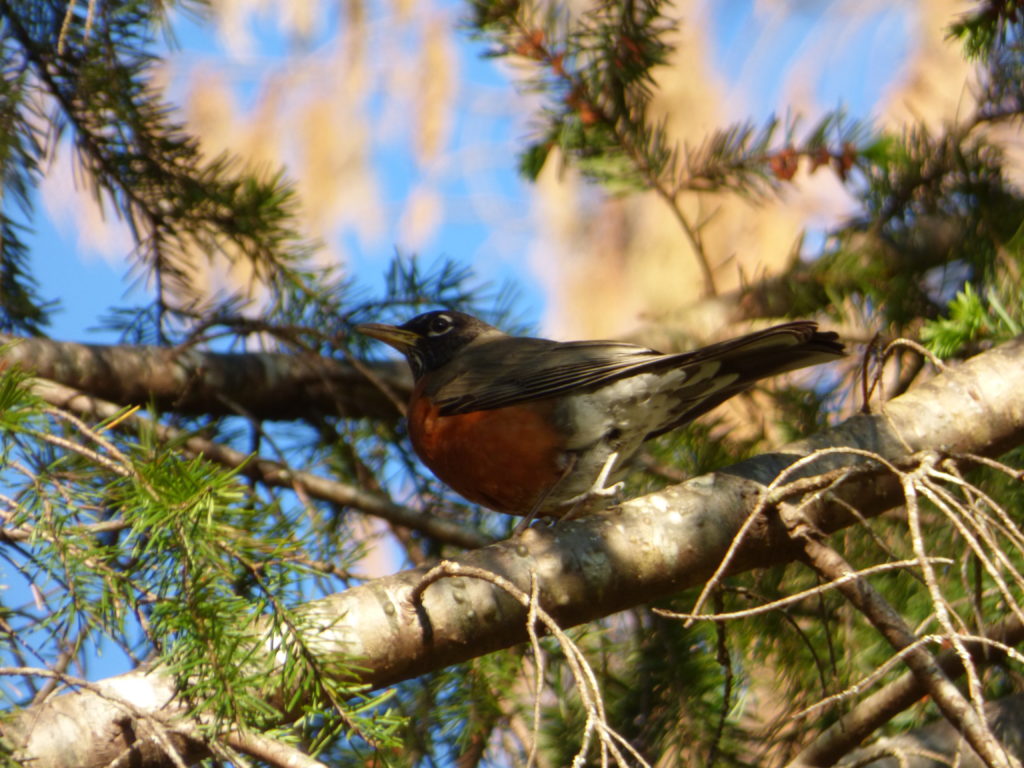
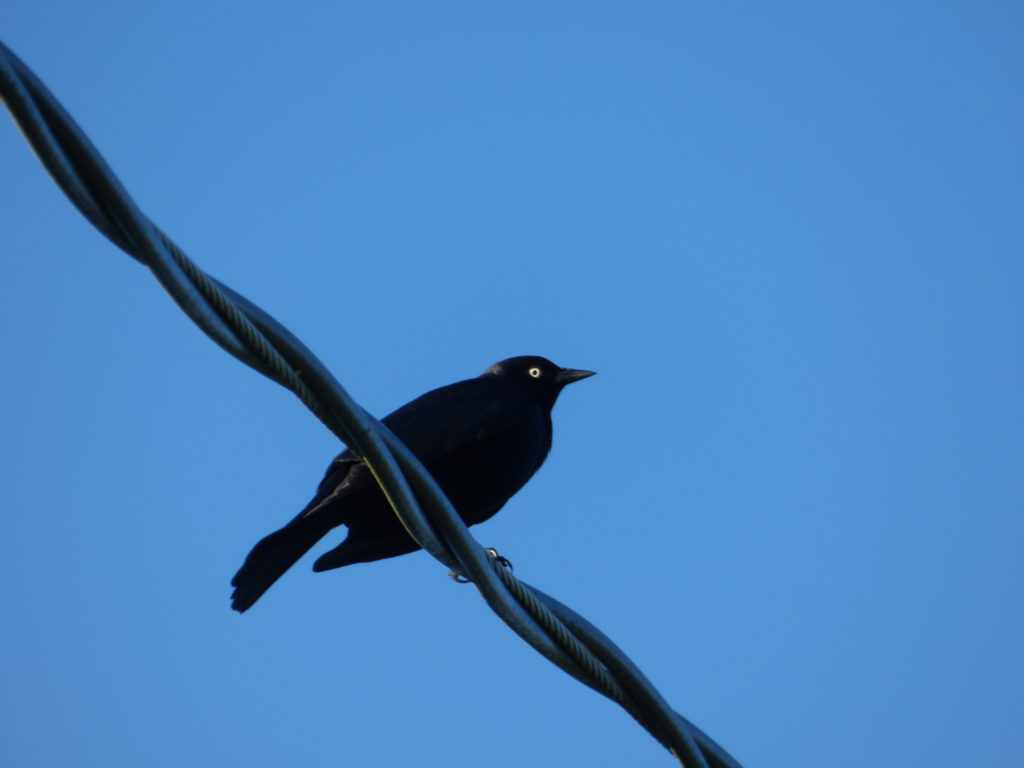
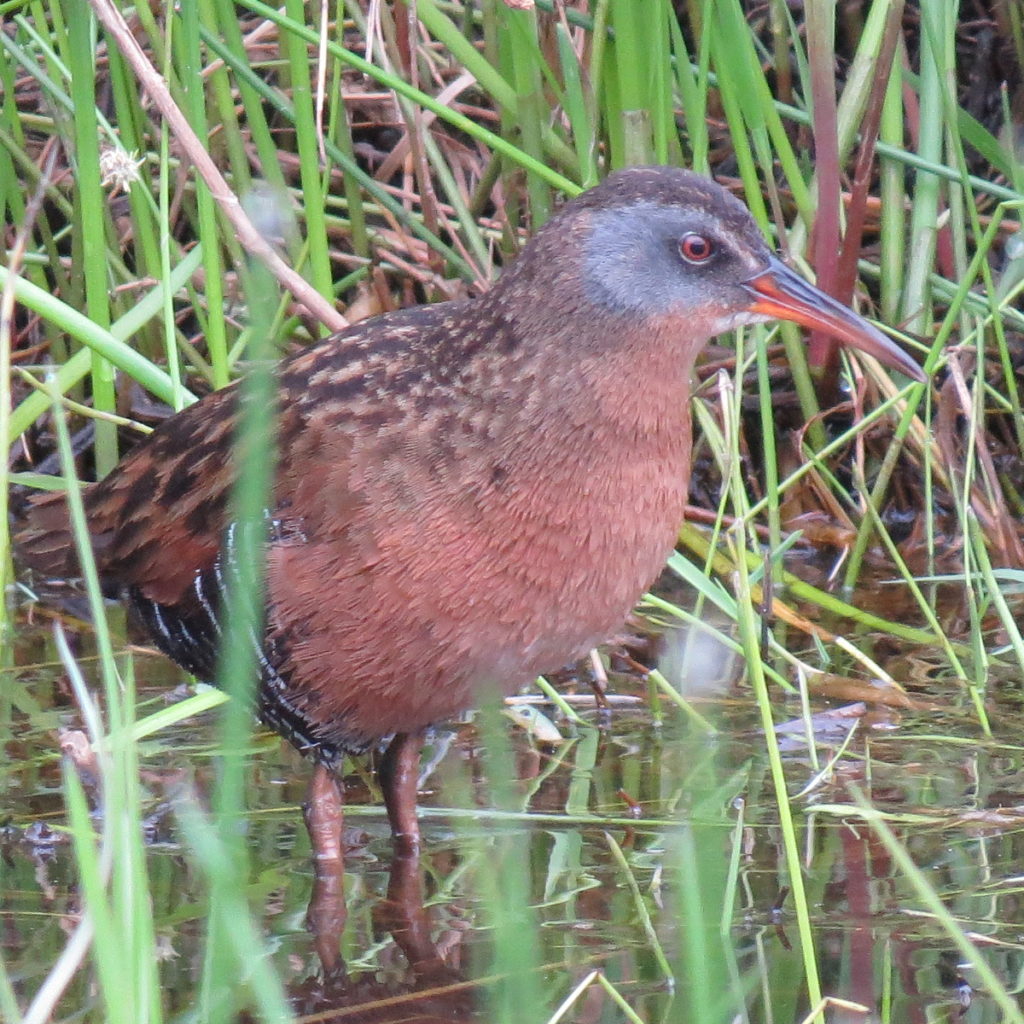
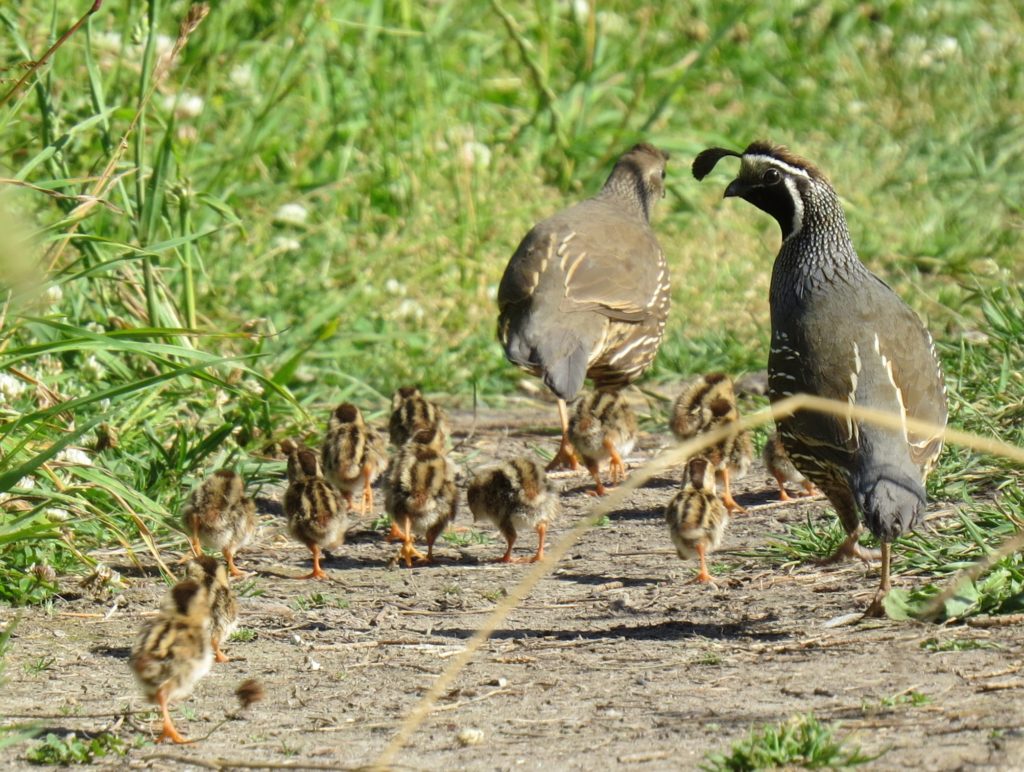
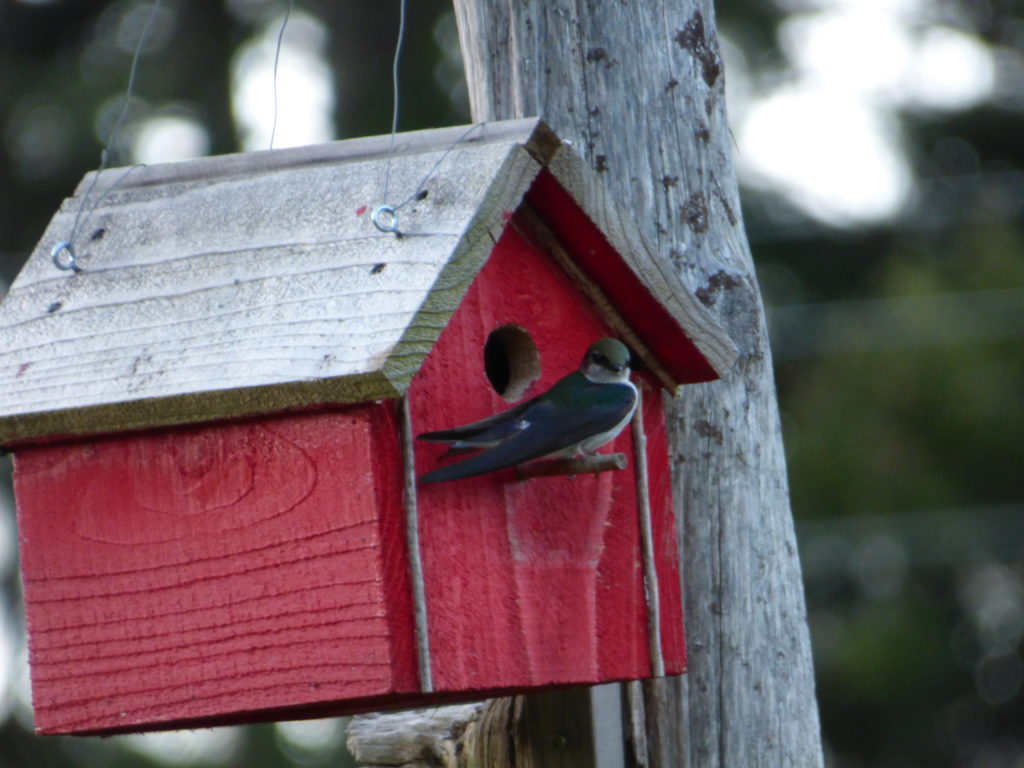
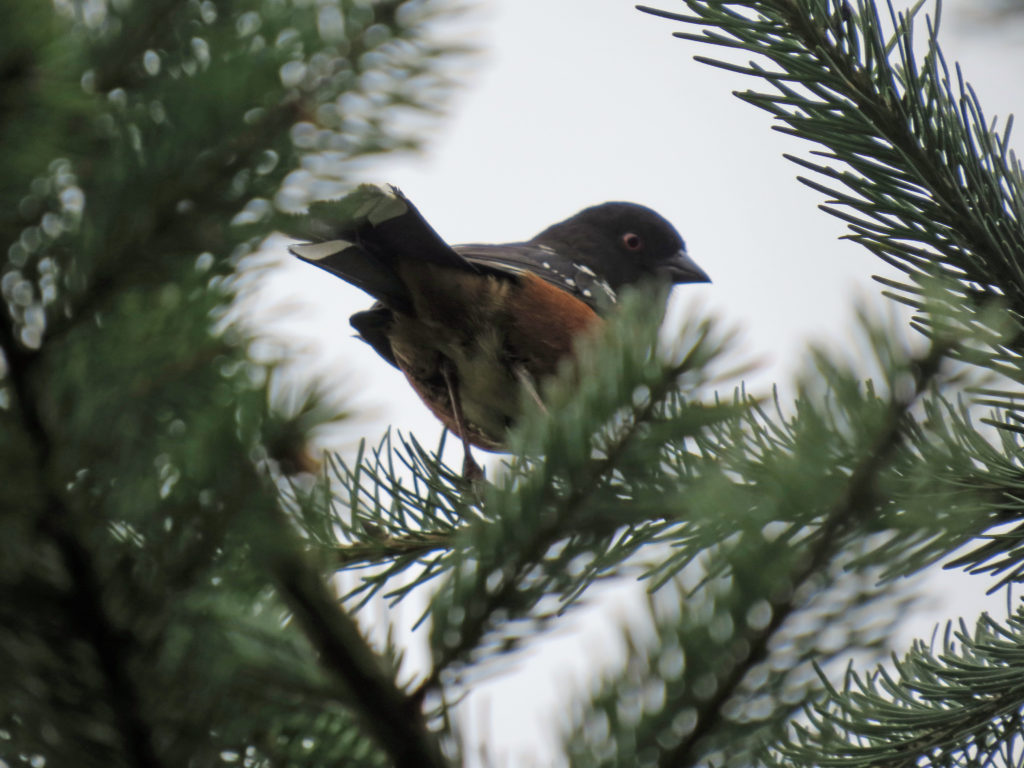
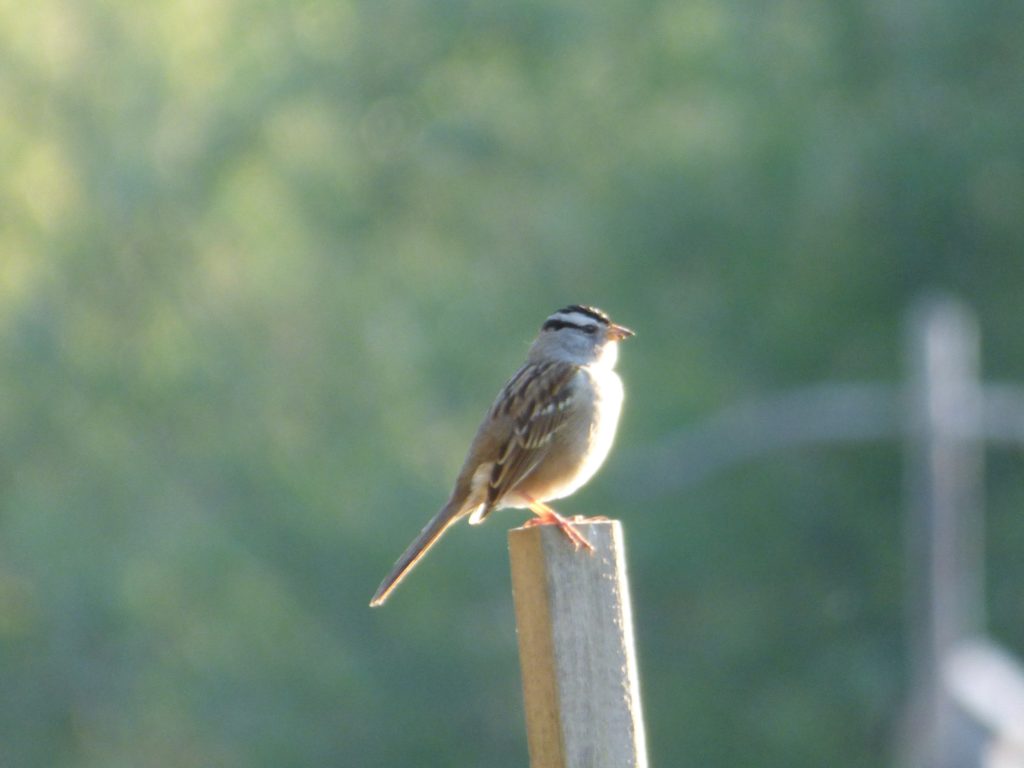
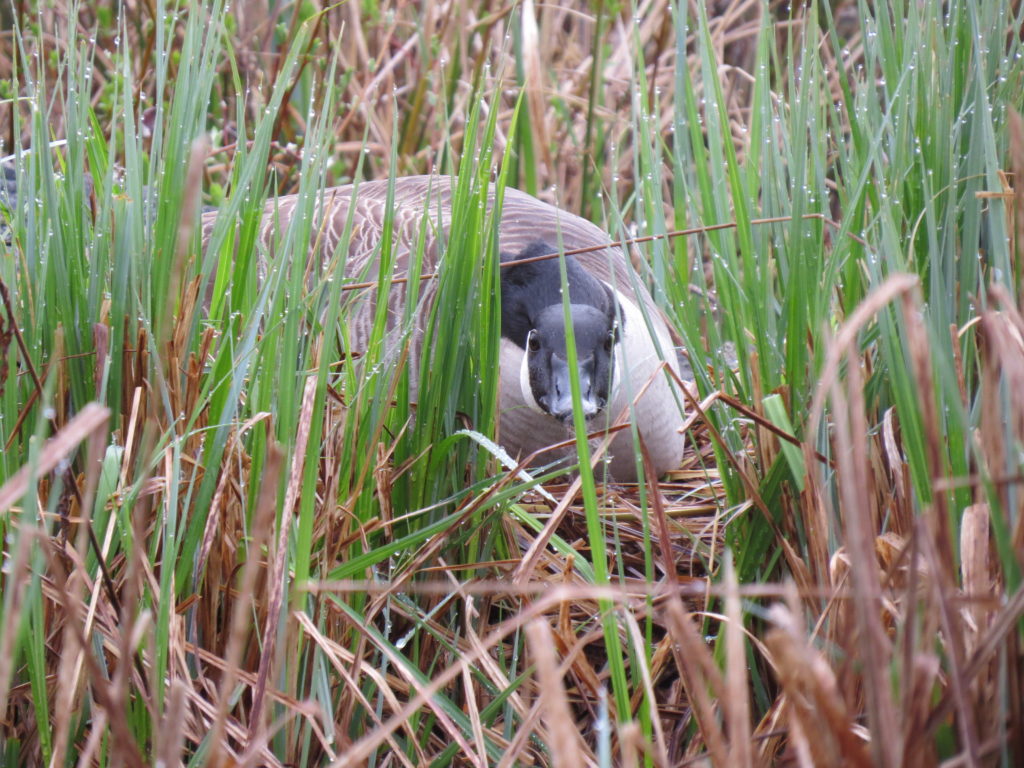
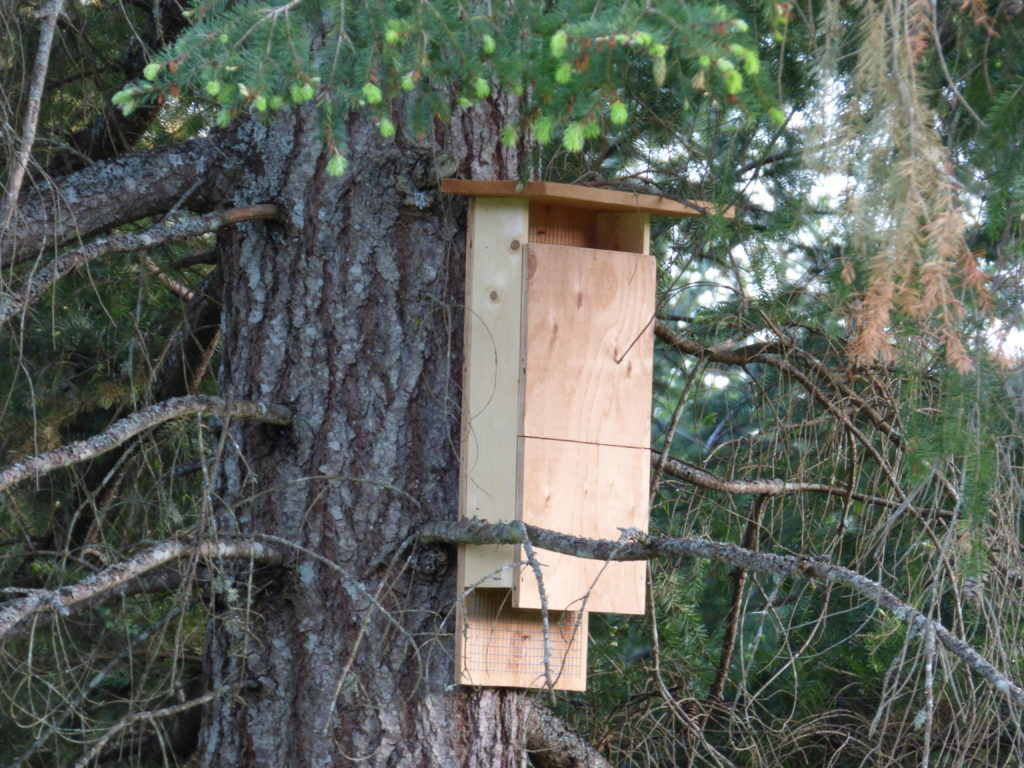
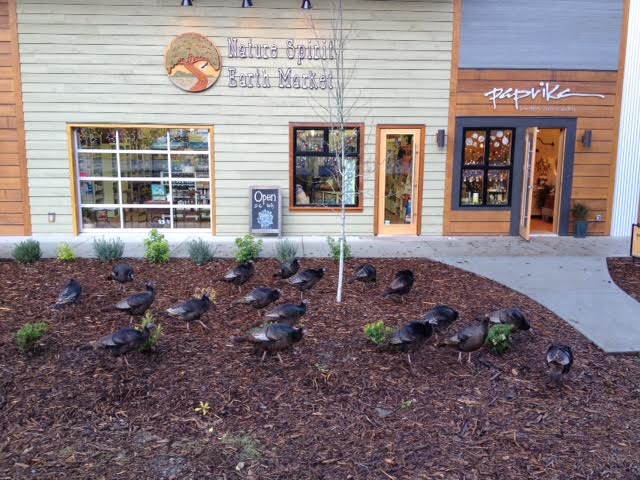
Thanks Sharon! And many thanks to Patrick for his wonderful photos! This is my first time seeing this (I am slow on internet things, including skills in using it) and I loved it all, with marvellous images to illustrate all you have explained to us less gifted bird fans.
kit
Sharon and Patrick, thanks for the great pictures!
Sharon, what a lovely article. And Patrick and Sharon both , what amazing photos!
Thanks Phyllis.
Herbie and Bernard – thank you for your kind comments. Yes, we are lucky to have this treasure!
What a forethoughtful treasure your Gabriola Commons is, and so full of life. Thank you for this little tour! We look forward to the evolution of your bird list.
Lovely tribute to the Commons. It means so much to so many.